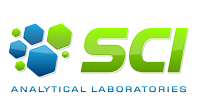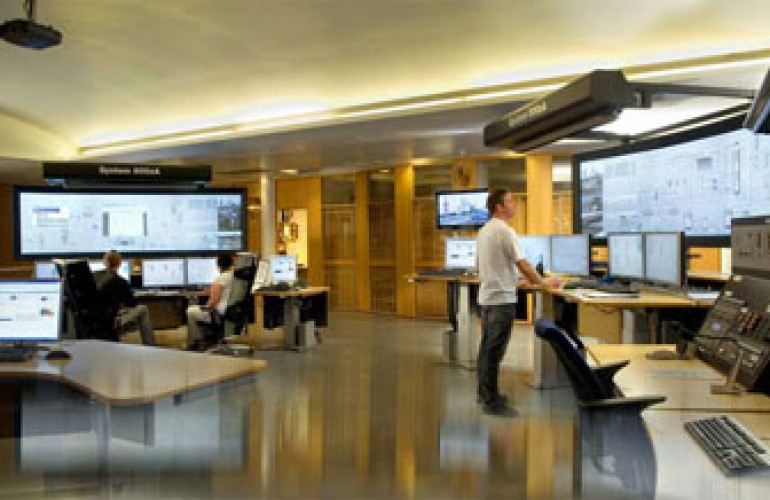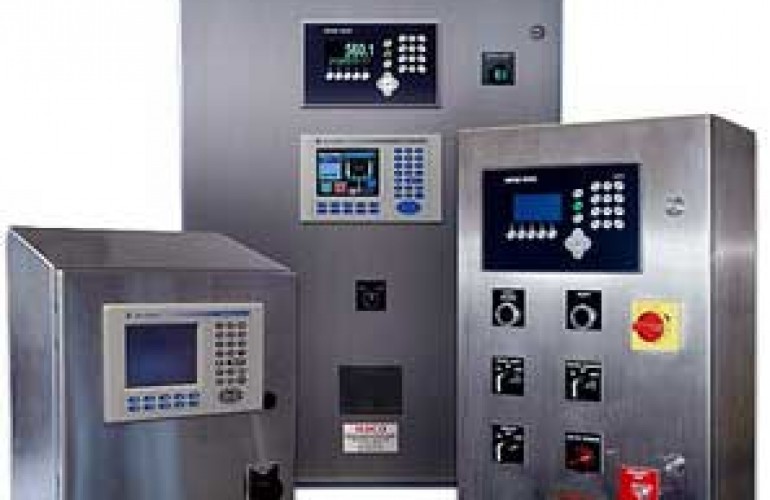Process control gas mixtures that meet requirements for specific instrumentation devices and applications
Chemical processes must maintain proper analytical control. This ensures that all steps of the process are proceeding as planned. Process control maintains quantitative and/or qualitative information about the steps in the chemical process. This data is used to optimize the process for the use of time, energy and raw material and for supervision. This allows for less emissions and higher quality products. In order to minimize total cost, you must maintain product quality, meet production targets and efficiently use utilities such as steam, electricity and cooling water.
It is important to be able to easily measure the controlled variable in a process either directly or indirectly. Controlled variables that are most important in chemical processes are pressure, flow rate, temperature, and composition. The composition of a process stream can be determined by e.g. gas chromatography and infrared/ultraviolet absorption. For some processes results can be obtained with an analysis every few hours while in others the process conditions can change quickly so that samples must be taken every few minutes in order to have accurate reporting.
There are three different types of process control:
- The analytical equipment is located in a laboratory in connection to the process. The sample is transported to the analytical instrument, e.g., a gas chromatograph, GC.
- The sample is transported to an external laboratory for analysis, e.g., HPLC.
- The sample cell is outside the process stream but in direct connection to the process, e.g.Infrared spectrometry IR.
Analytical instruments use span gases, calibration gases, and zero gases to control chemical processes. If flames are part of the system, fuel gases are necessary. A carrier gas is required for gas chromatography. All gases must have exceptional and controlled quality in order not to bias the analytical results.




